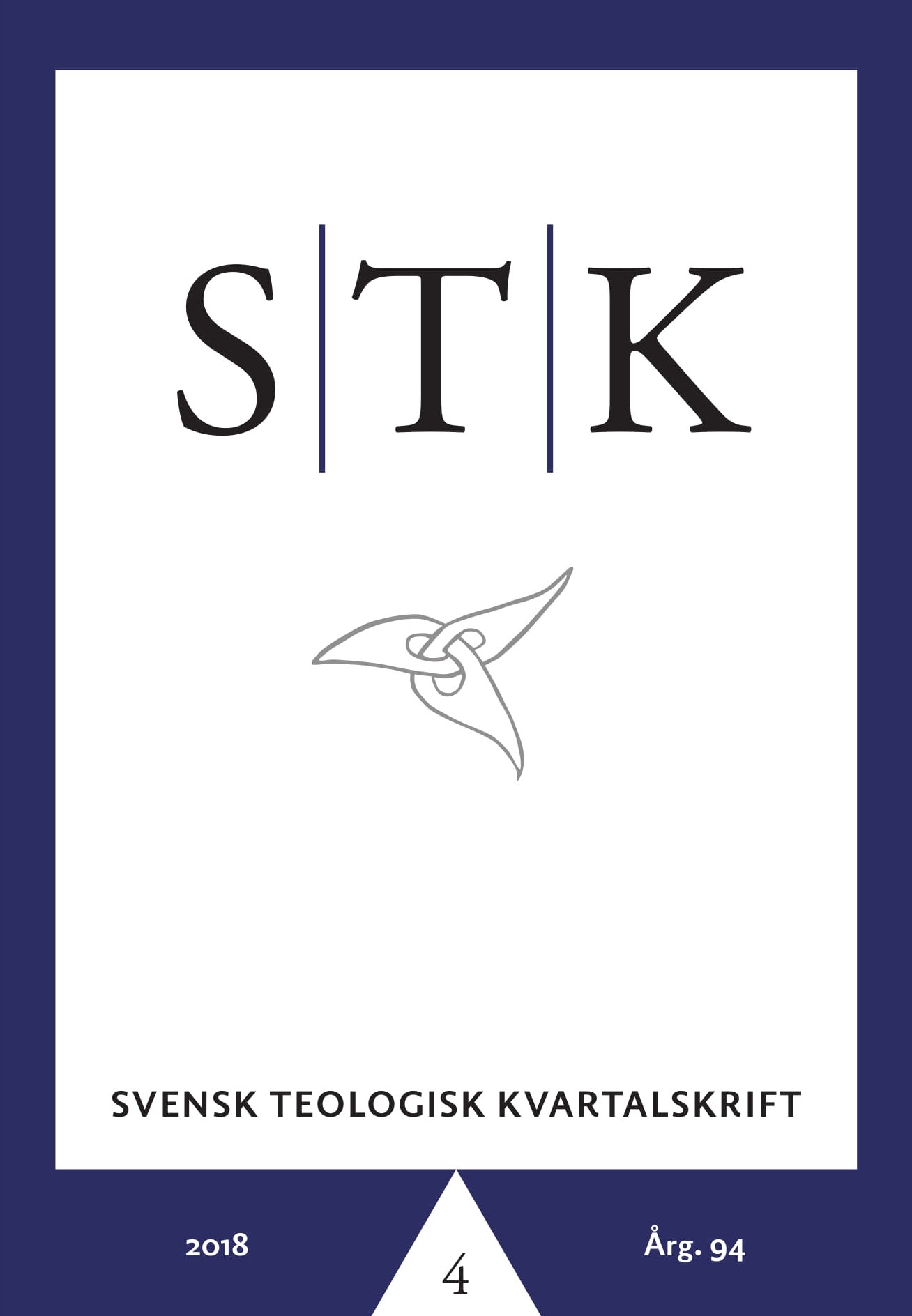Exegetik, teologi och allegori
Abstract
This article argues that theological and allegorical readings of the Bible should be possible to conduct within the field of biblical studies. When
exegesis found its place at the modern university in the 1800s, historical-critical methods dominated. While this represents an important part of exegetical work, the development of a wider array of methods since the 1970s shows that further perspectives are possible. Historical-critical method is a hermeneutics based on four assumptions: (1) The priority given to the search for historical information, (2) method as the way to
knowledge, and (3) scepticisms towards tradition and (4) miracles. But this hermeneutics should be seen as one of several possible, and theological interpretations of biblical texts should also be part of the conversation on the meanings of texts. Theological discussions are common in other disciplines, such as systematic theology. Feminist readings of Scripture also point to the possibility of conversations on the meanings of texts when read within philosophical or theological traditions. Allegorical reading is not, as is often claimed, arbitrary. Allegory is a theological reflection that treats the text as a metaphor and interprets it within a framework defined by an ecclesial, theological, and/or philosophical tradition. Further, patristic theologians such as Origen and modern scholars such as Paul J. Griffiths emphasize the continuity between the historical and the allegorical meaning of the text. The acceptance of theological readings, including allegory, would represent a widening of the field of biblical studies and help it defend its identity as a theological discipline.
Downloads
Publicerad
Nummer
Sektion
Licens
Copyright (c) 2019 Joel Halldorf

Detta verk är licensierat under en Creative Commons Erkännande-Ickekommersiell-IngaBearbetningar 4.0 Internationell-licens.


